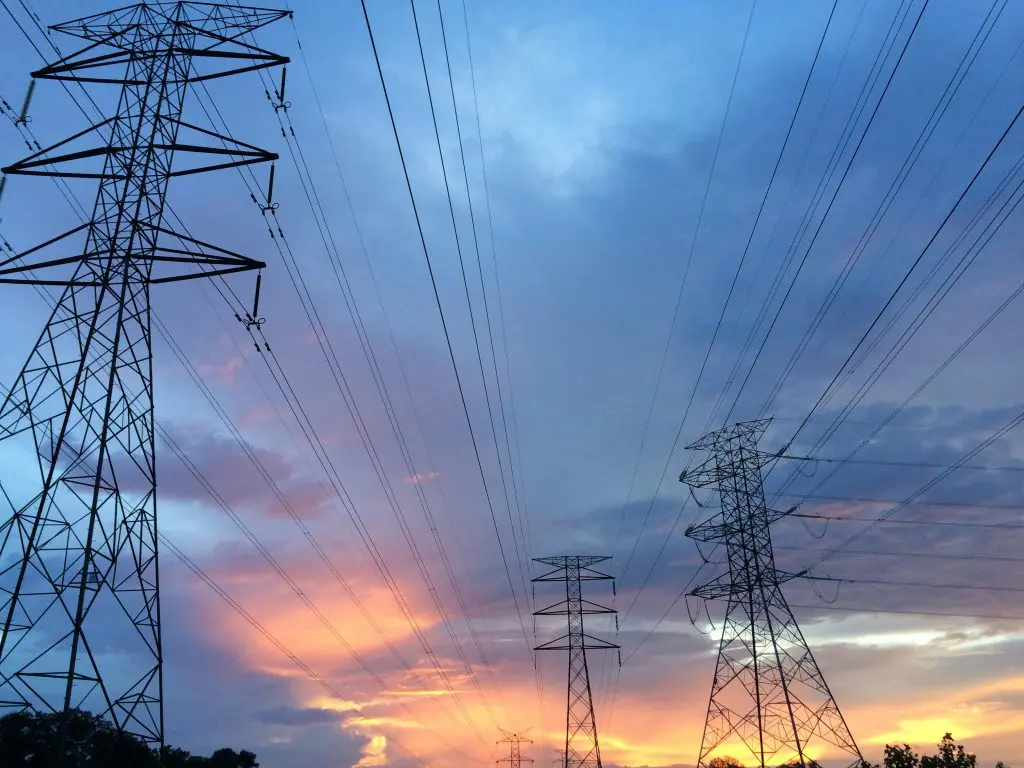
Ireland’s Climate Progress Hinges on Urgent Action, SEAI Finds Ireland still has a chance to meet its first carbon budget targets, but only with swift and decisive action, according to the Sustainable Energy Authority of Ireland (SEAI)’s 2025 mid-year climate analysis. The report evaluates emissions from key sectors, electricity, transport, residential, and heating, and assesses […]
Ireland still has a chance to meet its first carbon budget targets, but only with swift and decisive action, according to the Sustainable Energy Authority of Ireland (SEAI)’s 2025 mid-year climate analysis.
The report evaluates emissions from key sectors, electricity, transport, residential, and heating, and assesses how Ireland is tracking against its legally binding emissions ceilings for the 2020–2025 period.
Electricity sector emissions in the first half of 2025 were effectively unchanged compared to the same period in 2024. While nearly 50% of utility-scale electricity generation came from renewable sources, this was virtually the same as the previous year.
Solar output grew by 72%, now accounting for 4.1% of total utility-scale generation, and wind output grew slightly (0.1%). However, overall utility-scale renewables dropped 0.1%, and their share of total electricity supply, which includes net imports, fell by around 2%.
If trends continue, the electricity sector is projected to exceed its five-year carbon budget ceiling by 0.8 million tonnes of CO₂ equivalent.
Transport emissions declined by 2% in the first half of 2025 compared to 2024. However, the SEAI projects that the sector is still on track to exceed its allocated carbon budget by 3.7 million tonnes of CO₂ equivalent, over the five-year ceiling of 54 million tonnes.
This overshoot means the sector is already drawing on emissions space from the 2026–2030 second carbon budget, posing a major challenge for future climate targets.
There were mixed signals in fuel use: blended diesel demand fell 3.2%, while blended petrol demand rose 4%. Biofuels made up 8.5% of blended diesel and 6.5% of blended petrol, the highest levels recorded, alongside record numbers of electric vehicles (EVs) on Irish roads.
Emissions from natural gas in residential heating dropped 9.1%, while emissions from kerosene fell by 0.9%. These reductions mean the residential sector is expected to stay within its five-year emissions ceiling, barring a cold snap in late 2025.
The SEAI notes that future progress in the residential sector will be aided by a €568 million government allocation for energy efficiency upgrades in the 2025 budget, targeting insulation, retrofitting, and renewable heat systems.
In industry and commercial services, emissions from gas usage fell by 3.6% in the first half of the year, continuing a trend of modest improvement in non-residential energy efficiency and fuel-switching.
Despite progress in several areas, from solar expansion to biofuel blending, Ireland is at a critical juncture. SEAI’s Director of Research and Policy Insights, Margie McCarthy, warned that much more needs to be done:
“We’ve made progress over the last five years including the blending of biofuels for our road vehicles, scaling up of solar farms and wind generation, home energy upgrades and EV roll-out, but these figures highlight that we need to do a lot more, and fast to reach our targets.”
She added that net demand reductions and accelerated clean energy deployment are key to building an energy system that is secure, affordable, and climate-resilient.
The increased blending of biofuels in road transport fuels represents a transitional strategy that supports emission reductions while renewable vehicle technology scales up. Biofuels like biodiesel and bioethanol help lower lifecycle emissions by partially replacing fossil fuels. Meanwhile, steady growth in wind and solar power is critical for decarbonising electricity generation. However, balancing renewables with grid stability and storage solutions remains a challenge that policymakers and innovators must address to sustain progress.
To stay within its first carbon budget and prepare for the stricter 2026–2030 period, Ireland must:
Rapidly decarbonise transport, including scaling up EV adoption, biofuels, and public transit investment.
Continue renewable electricity deployment, particularly wind and solar, and ensure grid capacity keeps pace.
Expand home energy retrofitting, ensuring government funds translate into measurable emissions reductions.
Enhance data tracking and transparency, so policymakers and the public can monitor progress and respond in real time.
SEAI’s 2025 mid-year update is a wake-up call, not a death sentence. While emissions ceilings are at risk in sectors like electricity and transport, Ireland has shown it can bend the curve, with strong policy, investment, and public engagement. With just months left in the first carbon budget period, the next steps Ireland takes will determine whether climate ambition becomes climate action.
At All-Ireland Sustainability, we’re committed to building a greener, fairer island, together. Stay informed on the latest environmental initiatives, community action, and policy developments shaping sustainability across Ireland, North and South.
👉 Sign up for our newsletter today and be the first to hear about upcoming events, expert insights, and ways to get involved.
Whether you’re a seasoned advocate or just starting your journey, new members are always welcome.
Subscribe now and be part of the All-Ireland Sustainability Membership.